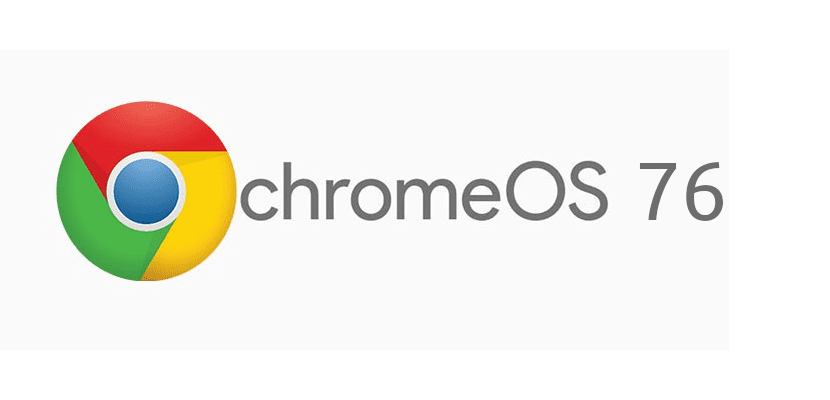
This week, Google has Chrome OS 76 released, the latest version of your Linux-based desktop operating system that, simply and officially, can only be used on your Chromebooks. The new version has arrived with Chrome 76 and has done so with some interesting new features, such as new multimedia controls or support for dark mode of web pages, which will make the pages turn dark automatically if we have it configured.
Moreover, they have also added a new nail in the grave of Flash Player, since it now blocks it by default in the browser included in the operating system (which could not be other than Chrome). And is that the Flash has always been a headache, but it became more apparent when new technologies were launched. Like other companies, among which Apple stood out when it launched its iPad, Google bet heavily on HTML5, encouraging different web pages to abandon Flash so that surfing the net would be faster, safer and even more efficient in terms of consumption energetic is concerned. It is still possible to reproduce Flash content, but it will have to be activated manually from a shortcut that we will detail below.
Chrome OS 76: what's new in this version
Among the most outstanding novelties that arrive with Chrome OS 76 we have:
- Flash default lock. It can be activated manually from chrome: // settings / content / flash, where we can also configure it to ask us whether or not we want to execute its content.
- Single sign-on experience between Chrome OS and Android.
- The control center has added multimedia controls for play / pause and forward / reverse. These controls are based on those available on Android.
- The position of the shutter button, mode change and camera preview is now on the right edge of the screen. On the left side they have added controls to reflect, activate or deactivate the grid and a countdown.
- Now when opening more pages in a Chrome window, the tab indicator is compressed until only the favicon (web page icon) is visible. When hovering over the tabs, it will show us a pop-up window that will let us know what is underneath.
- Google has corrected a "trap" that users used to get to view subscription paid content through incognito mode. Until now, users opened a session in incognito mode, entered web pages that offered their content through subscription and managed to bypass the restrictions to see everything for free. This is no longer possible since the last update.
- Improvements in the settings that now always show the navigation drawer.
- Support for the dark mode of web pages, which will change to dark tones if we have it activated and the web page has a dark version.
- An option to install PWA applications on the Omnibox has been added. We can install them from the new addition icon (+) that appears in the browser. The PWAs (Progresive Web Apps) will update automatically.
- Support (hidden) to make some web page elements translucent.
- The ESC key is no longer considered to be on / off on web pages.
- When navigating to a new web page, Chrome will display the blank screen to make sure the page is loading, which can be confusing or distracting. In Chrome OS 76 we are testing a new behavior called Paint Holding where the browser waits a while to start "painting", especially if the page is fast enough.
Now available on your Chromebook
Chrome OS 76 was released on August 12, so most users of a compatible device should already have it available as an update. If this is not your case, be patient, it will appear at any time. You have this and more information in the official release note that Google posted on Monday.
